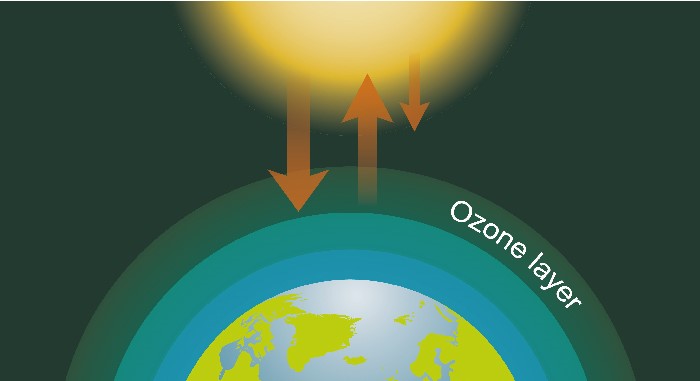The Fukushima nuclear meltdown in 2011 was touted as one of the worst disasters in the history of mankind. Caused by a tsunami, the leak from the Fukushima Daiichi Nuclear Power Plant caused massive loss of life.
Now, over eight years later, the shockwaves from this event are still being felt despite the retraction of most media attention from the event. While at the time there was great media and popular frenzy of loss of life, both plant, animal, and human, notice to this issue have dwindled. As a result, various environmental concerns have been swept under the rug.
As an early response to the incident, the International Atomic Energy Agency launched a joint project—IAEA Technical Cooperation—with the Regional Cooperative Agreement Member States. Member states in the region were, naturally, concerned for the safety of their aquatic marine environments and so engaged in a benchmark study on the impact of the radioactive Fukushima releases. The United States was one of the partners in this project and designated $400,000 for the regional project.
The United States engaged in this study largely because they were concerned, as a neighbor of the northeast coast of the island of Honshu. It would not have been difficult for this contamination to be transported and circulated multiple times about the Pacific Ocean. The US was also concerned about the impact of the chemicals on coastal zones. Because the Pacific Ocean constitutes a third of the area of the globe, the impact could be devastating.
More than 80% of the radioactive material from the tsunami-damaged reactors has leaked into the Pacific Ocean since the disaster occurred. This is worse than Chernobyl or Three Mile Island, yet it receives significantly less attention. The Kuroshio Current has been responsible for much of the radioactive circulation, and materials such as radioactive isotopes of cesium have started to appear on the west coast of the United States.
In 2015, trace amounts of cesium-134 and cesium-137 turned up near Vancouver Island. In December of 2016, a team of scientists announced that they had detected cesium-134 in Oregon. The problem with nuclear energy and fallout, according to marine chemists at WHOI, is that radioactive materials can travel great distances when assisted by water.

International Atomic Energy Agency has admitted that one-third of the world’s oceans may be contaminated by Fukushima radiation.




